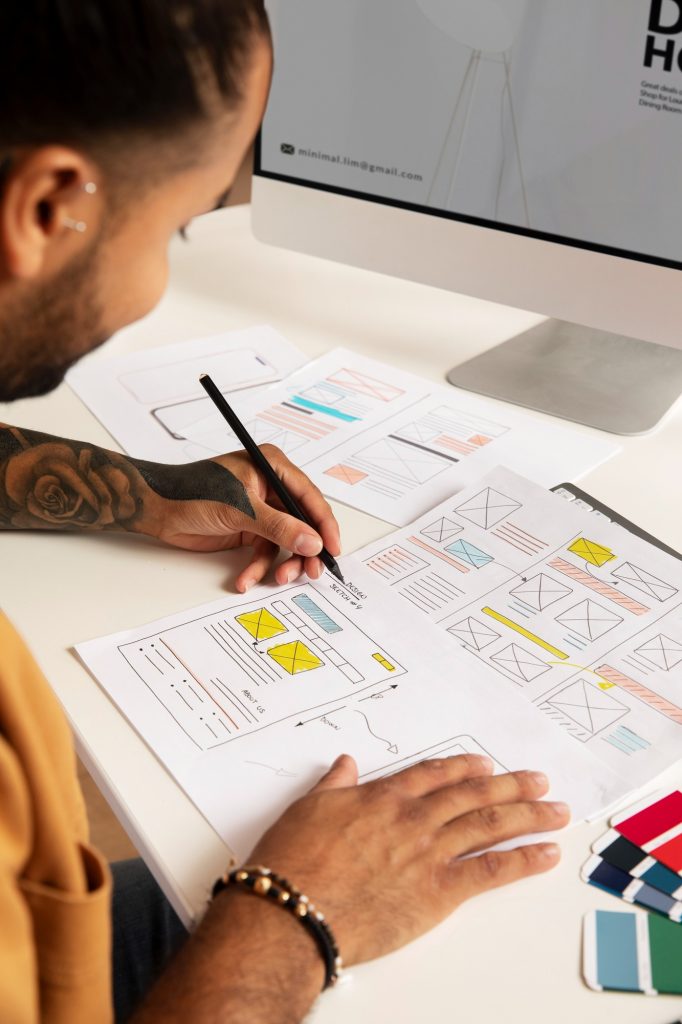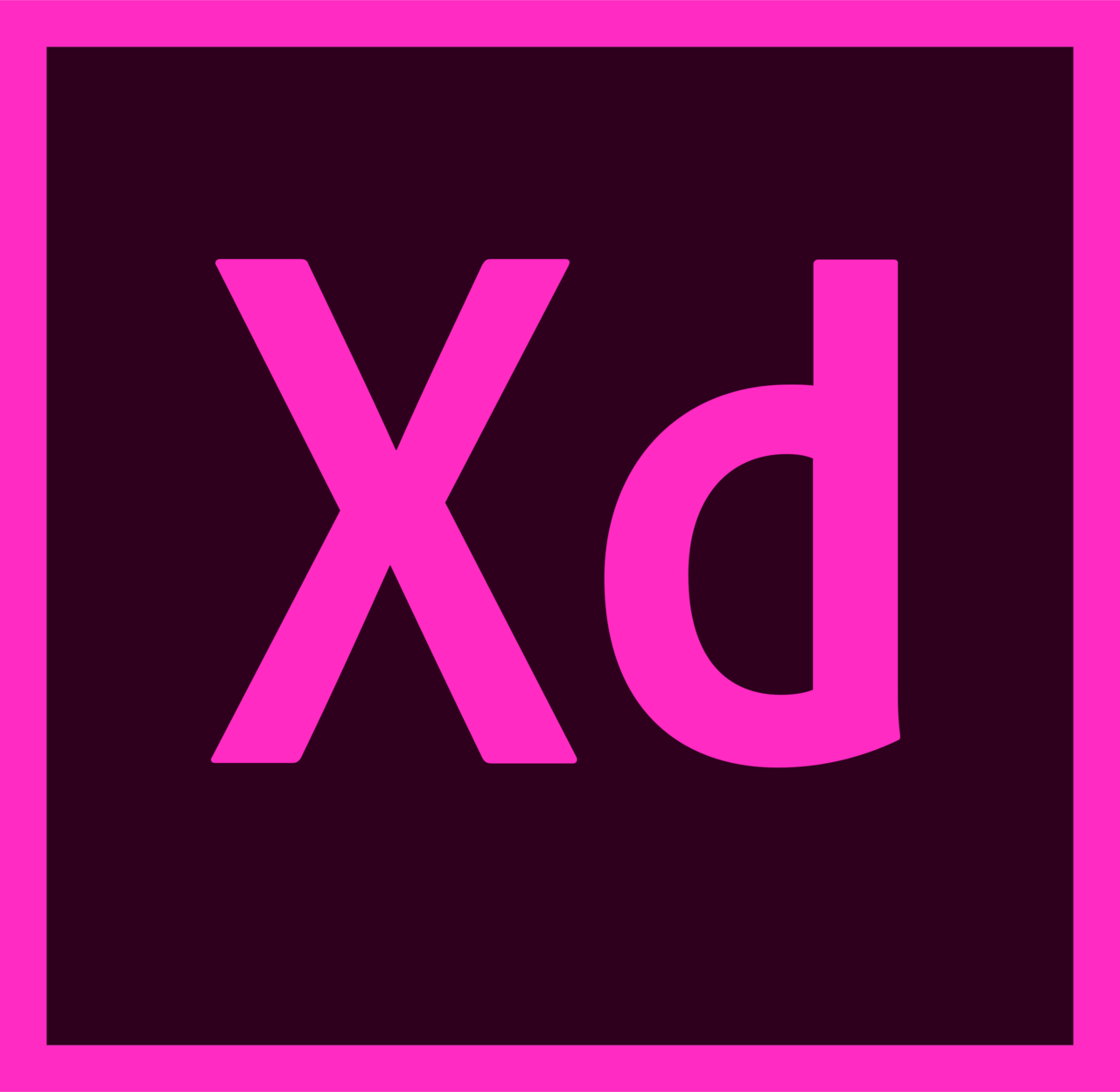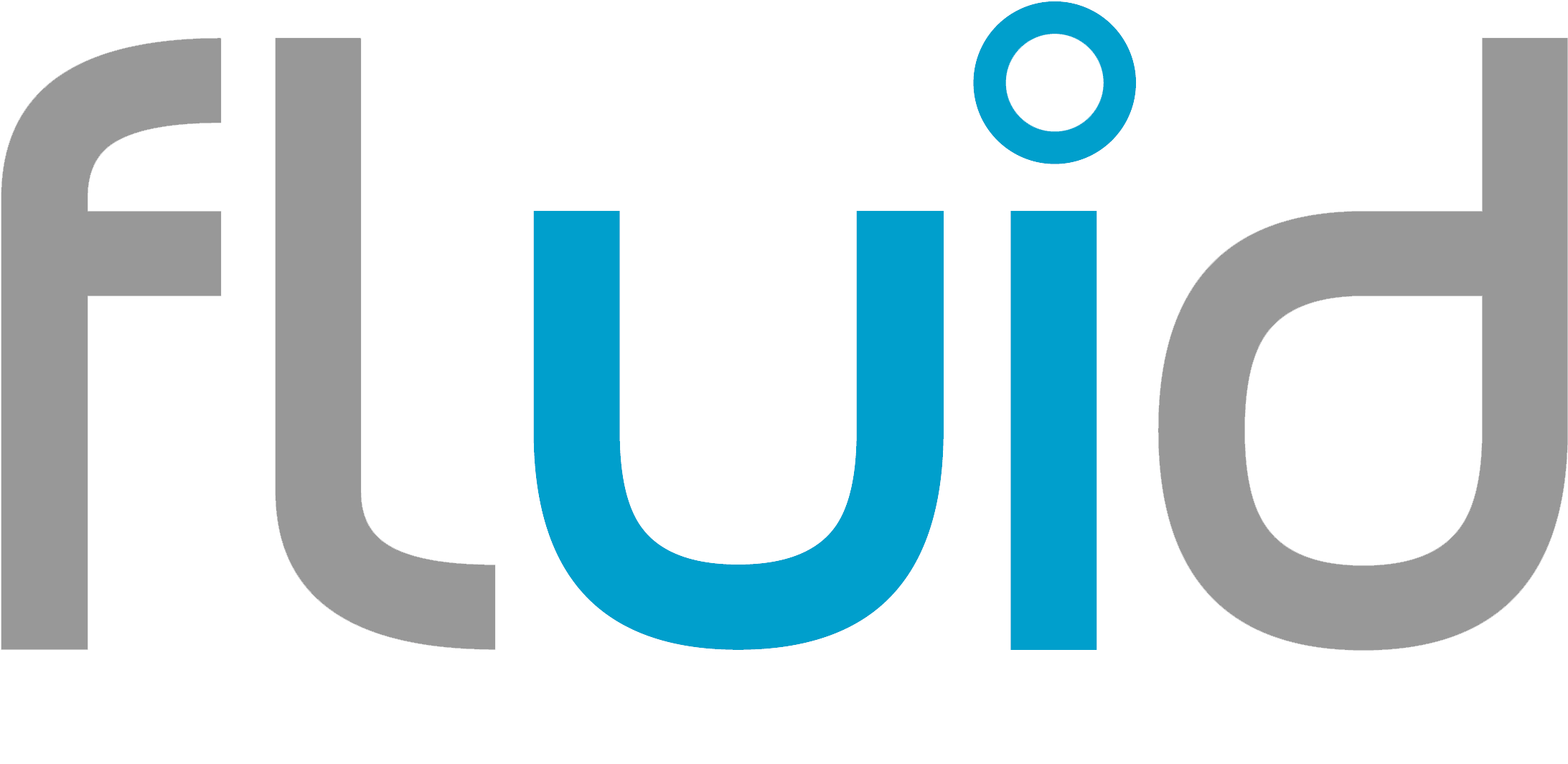UI / UX Design
BJS Soft Solutions offers limitless innovations for Fast and Secure web applications.
UI /UX Design
BJS Soft Solutions is specialize in creating exceptional UI/UX designs that elevate digital experiences to new heights. Our team of talented designers and developers is passionate about crafting intuitive interfaces and seamless user experiences that captivate users and drive business growth.
Key features of UI /UX Design
- User-Centered Design
- Visual Design
- Information Architecture
- Interaction Design
- Responsiveness
- User Feedback and Iteration

Tools and Technologies

Figma

Adobe XD

Sketch

Fluid UI
Cutting-edge technology that design UI
Cutting-edge technologies can significantly enhance the performance and capabilities of UI/UX design, allowing designers to create more immersive, efficient, and engaging digital experiences. Here are some of the cutting-edge technologies that are driving the performance of UI/UX design:
Artificial Intelligence and Machine Learning
AI and ML technologies can automate repetitive design tasks, provide data-driven insights, and personalize user experiences. AI-powered tools can analyze user behavior, generate design recommendations, and even create interactive prototypes based on user inputs. ML algorithms can also help designers make data-informed decisions and predict user preferences.
Responsive Design and Adaptive Layouts
With the proliferation of different screen sizes and devices, responsive design and adaptive layouts have become essential for UI/UX design. Technologies such as flexible grid systems, media queries, and fluid layouts enable designers to create interfaces that adapt and display optimally across various devices, ensuring a consistent and user-friendly experience.
Augmented Reality and Virtual Reality
AR and VR technologies enable designers to create immersive and interactive experiences. They allow users to visualize and interact with digital interfaces in a more realistic and spatial context. Designers can use AR/VR to prototype and test designs, simulate user interactions, and provide virtual walkthroughs of products or environments.
Microinteractions and Animation
Microinteractions and animations are powerful tools to enhance the user experience and provide feedback to users. Advanced animation libraries and frameworks, such as Lottie, GreenSock, or React Spring, allow designers to create smooth and visually engaging transitions, animations, and microinteractions that delight users and improve usability.
Real-Time CollaborationTools
Real-time collaboration tools enable designers to work simultaneously on design files, share feedback, and collaborate with team members and stakeholders in real-time. These tools improve communication, foster teamwork, and streamline the design iteration process.
Data Analytics and User Testing Platforms
Data analytics and user testing platforms provide valuable insights into user behavior, usability issues, and user satisfaction. By leveraging tools like heatmaps, click-tracking, A/B testing, and user session recordings, designers can optimize interfaces, identify pain points, and make data-driven design decisions.
Cutting-edge technology that design UI
Cutting-edge technologies can significantly enhance the performance and capabilities of UI/UX design, allowing designers to create more immersive, efficient, and engaging digital experiences. Here are some of the cutting-edge technologies that are driving the performance of UI/UX design:
Artificial Intelligence and Machine Learning
AI and ML technologies can automate repetitive design tasks, provide data-driven insights, and personalize user experiences. AI-powered tools can analyze user behavior, generate design recommendations, and even create interactive prototypes based on user inputs. ML algorithms can also help designers make data-informed decisions and predict user preferences.
Responsive Design and Adaptive Layouts
With the proliferation of different screen sizes and devices, responsive design and adaptive layouts have become essential for UI/UX design. Technologies such as flexible grid systems, media queries, and fluid layouts enable designers to create interfaces that adapt and display optimally across various devices, ensuring a consistent and user-friendly experience.
Augmented Reality and Virtual Reality
AR and VR technologies enable designers to create immersive and interactive experiences. They allow users to visualize and interact with digital interfaces in a more realistic and spatial context. Designers can use AR/VR to prototype and test designs, simulate user interactions, and provide virtual walkthroughs of products or environments.
Microinteractions and Animation
Microinteractions and animations are powerful tools to enhance the user experience and provide feedback to users. Advanced animation libraries and frameworks, such as Lottie, GreenSock, or React Spring, allow designers to create smooth and visually engaging transitions, animations, and microinteractions that delight users and improve usability.
Real-Time CollaborationTools
Real-time collaboration tools enable designers to work simultaneously on design files, share feedback, and collaborate with team members and stakeholders in real-time. These tools improve communication, foster teamwork, and streamline the design iteration process.
Data Analytics and User Testing Platforms
Data analytics and user testing platforms provide valuable insights into user behavior, usability issues, and user satisfaction. By leveraging tools like heatmaps, click-tracking, A/B testing, and user session recordings, designers can optimize interfaces, identify pain points, and make data-driven design decisions.
Our Client Says

I have worked with the owner, Zain, over the past few months and found him to be a focused and knowledgeable software developer with a large staff (I did not work with his staff so I cannot comment on them). He is available most or all hours of the day or night which is convenient if you are in a different time zone.
John Lundberg

I have been using the BJS team for over a year and they consistently provide quality work completed in a timely fashion. I will continue to send my SEO and web development work to them for years to come!
Billy Bierlein

Responsive company that always deliver as promised. If there is complications they always solve it. Great knowledge in PHP.
Henrik Gustafson
Ready to Get Started?
If you’re ready to take your online presence to the next level, we’re here to help. Contact us today for a consultation, and let’s discuss how our web design and development services can benefit your business.
